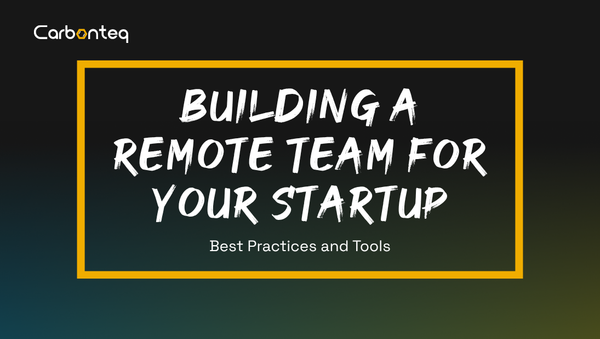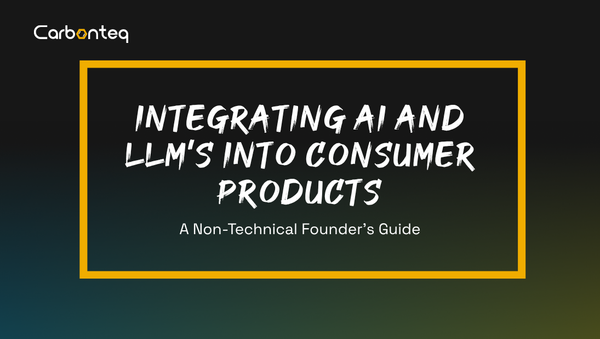Building an MVP: Why Start Small?
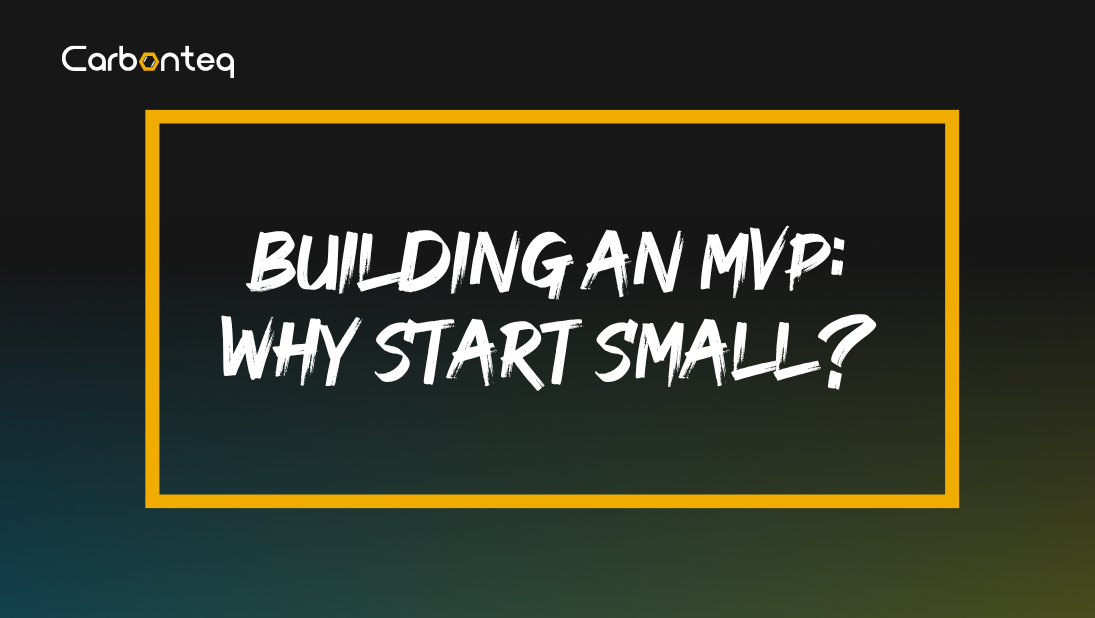
Speed and validation are essential in the ever-accelerating realm of product development today. A “Minimum Viable Product” (MVP) helps you zero in on the most pressing user need, launch faster, and quickly gather real-world feedback. By testing critical assumptions early, you save both time and money—setting the stage for a solution that truly resonates with users.
The Essence of an MVP
MVP is “the minimum viable product is that version of a new product which allows a team to collect the maximum amount of validated learning about customers with the least effort or in other words building the most minimum version of their product that will still allow them to learn.”
The logic behind MVP is that customers determine the minimum features required and whether another MVP is necessary. If insights can be gained from the current version and customers are satisfied with their experience, there may be no need for additional development. However, if they express dissatisfaction, it indicates the product has not met expectations and a new MVP may be warranted.
Why Start Small?
One of the most compelling arguments for building an MVP is speed to learning. Rather than spending months or even years in stealth mode, iterating on assumptions, you quickly discover what actually works in the real world. Here’s why that matters so much:
- Validate (or Invalidate) Assumptions Faster: Launch a minimal version to quickly see if you’re on the right track. If it flops, you can pivot sooner and save valuable resources.
- Gather Actionable Feedback: Real user interactions reveal what’s clicking and what’s not, guiding you to iterate in a more targeted way.
- Build Momentum and Morale: Releasing a small, imperfect product gets real users onboard. Their engagement drives motivation, early data insights, and potential revenue.
- Prevent Over-Engineering: Stay lean by focusing on core essentials. This avoids wasted effort on features no one actually needs.
- Learn By Doing, Not Just Researching: Hands-on usage beats speculation. An MVP confirms (or refutes) core assumptions and refines your solution based on genuine user needs.
All the research in the world is good, but until you can put something in front of people, you have no frigging idea whether it’s gonna work. — Michael Seibel
Crafting an Effective MVP Strategy
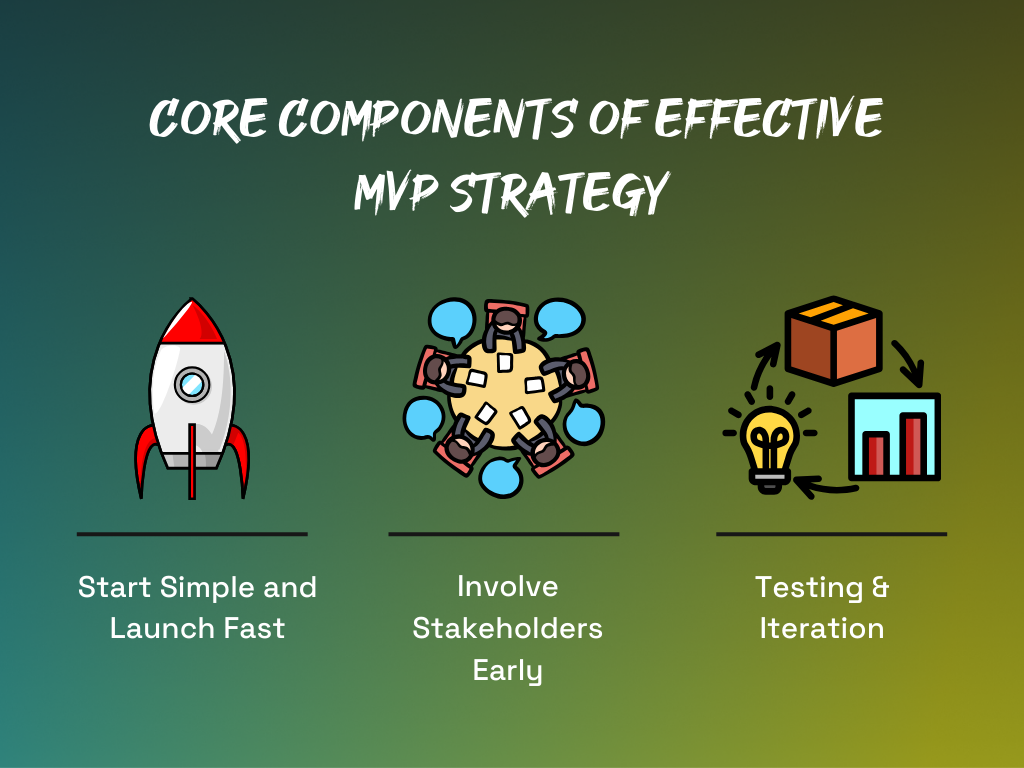
Start Simple and Launch Fast
Distill everything down to the essentials. For example, if you’re catering to a niche set of users, focus on their biggest problem first, not on building a grand product for everyone. Ask questions such as “Which feature is indispensable?” and “What pain point are we definitively addressing?” to estimate core features.
Involve Stakeholders Early
It is recommended to include relevant stakeholders—investors, customers, and even potential partners—early in the MVP development process. Inviting select users to beta test or offering sneak previews to trusted advisors can illuminate issues the team may overlook.
While you don’t need years of research, understanding the problem from a user’s perspective is crucial. If you’re solving a problem you personally experience, even better.
It shouldn’t be a mystery who your users are; in fact, if you have no idea who they are, question that slightly. — Michael Seibel
Testing & Iteration
Once the MVP is in the hands of the user, the testing phase commences in earnest. Real user interactions help validate or invalidate core hypotheses about usability, value proposition, and functionality. (More on how to measure test results in next section)
In the Iteration process product managers and development teams can refine existing features, add new functionalities that address pressing user demands, or remove unnecessary elements that do not contribute meaningful value. Continuous iteration ensures that the MVP evolves in tandem with market realities.
Measuring the Success of Your MVP
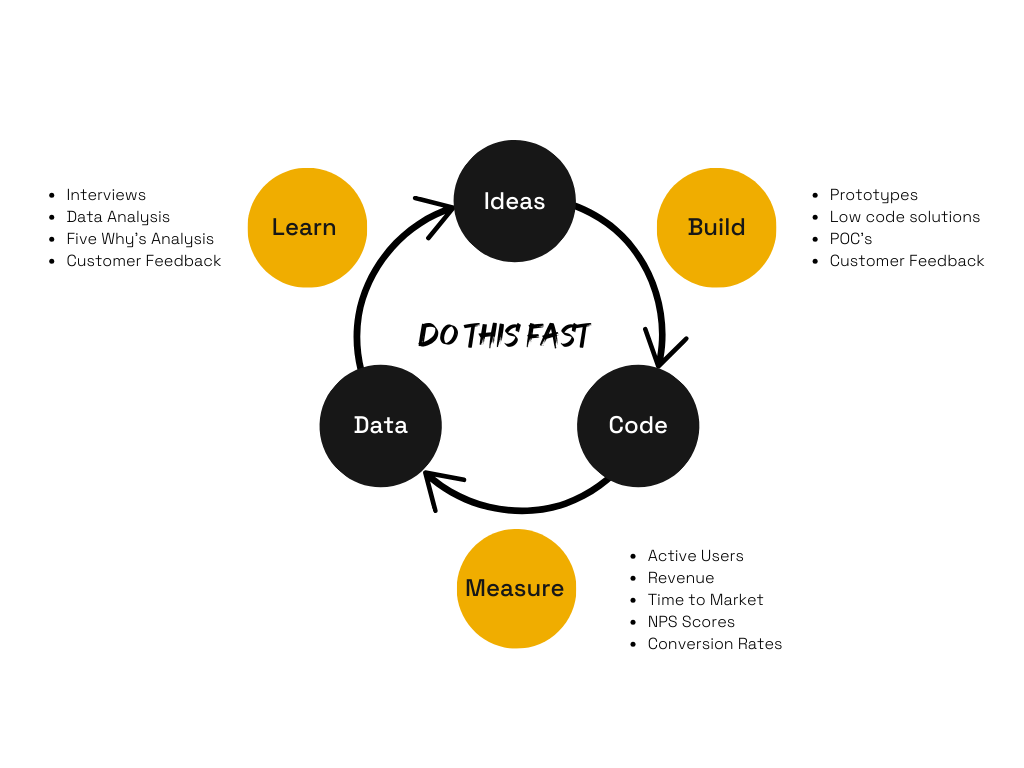
Measuring your MVP’s progress isn’t always a straightforward process, but there are several indicators that reveal how close you are to achieving your vision:
- Alignment with Business Goals: Your MVP should support key objectives like market positioning and revenue. If it falls short, refine its core features.
- Meeting Customer Expectations: Early feedback matters—if users struggle or don’t see value, improve usability and problem-solving effectiveness.
- Ease of Creation and Deployment: An MVP should be simple to build and launch. If bottlenecks persist, remove unnecessary complexity for smoother execution.
Once you have a handle on these core benchmarks, you can dive deeper into quantitative metrics such as:
- Active Users – Gauge how many people regularly interact with your MVP.
- Revenue Generated – Track whether the MVP is contributing to your bottom line or attracting potential investors.
- Time to Market – Measure how swiftly you can bring new updates or versions to users.
- Customer Satisfaction – Collect user feedback, ratings, or testimonials to evaluate overall product appeal.
- Conversion Rates – Monitor how efficiently the MVP converts interest into action, whether that means sign-ups or purchases.
Common Pitfalls and How to Avoid Them
- Falling in Love with Your First Idea: Many founders resist feedback, clinging to their initial vision. Instead, prioritize understanding users and solving their real problems.
- Delaying Launch and Chasing Perfection: MVPs don’t need to be perfect—release early, learn from real user feedback, and iterate rather than endlessly refining in isolation.
- Asking Users for Features Instead of Problems: Users provide wish lists, but true insights come from understanding their pain points. Focus on what frustrates them and build around that.
- Ignoring the Power of Incremental, Rapid Iteration: Don’t overthink scaling early. Improve your product for a small user subset, gather feedback, and refine continuously.
Hold the problem you’re solving tightly, hold the customer tightly, hold the solution you’re building loosely. — Michael Seibel
Conclusion
Embracing the MVP ethos of starting small isn’t about limiting your vision; it’s about learning rapidly, prioritizing critical features, and refining as you go. As examples like Dropbox, Airbnb, and Instagram illustrate, focusing on a single key problem can pave the way for transformative growth. Launching quickly, gathering actionable feedback, and iterating in swift cycles ensure that you build a product users genuinely want—while staying lean, nimble, and ready to adapt.

